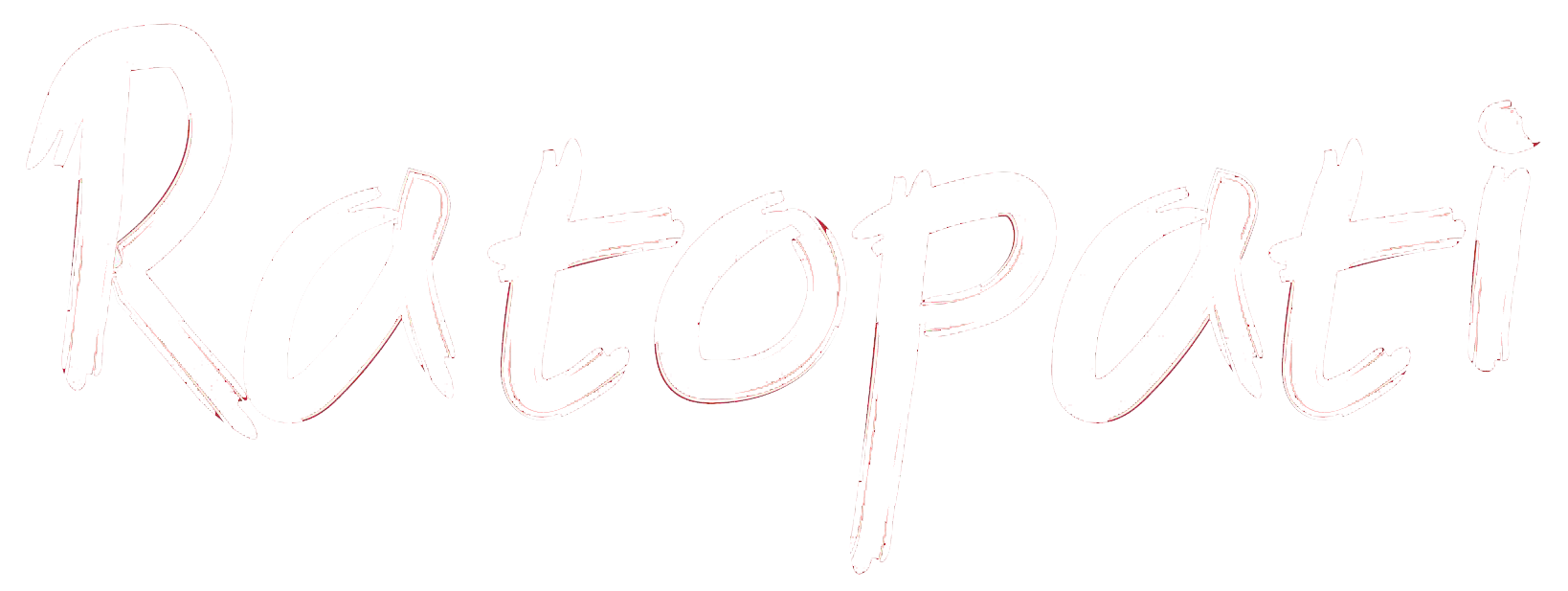10 Fascinating Facts About Holi: The Festival of Colors and Love!

Holi, the festival of colors, is celebrated with great enthusiasm and zeal across Nepal, India and other parts of the world. The festival marks the arrival of spring and the victory of good over evil. In this article, we will share some interesting facts about Holi celebration.
The legend of Holika Dahan: The celebration of Holi is associated with the legend of Holika Dahan. According to the Hindu mythology, Holika, the sister of the demon king Hiranyakashipu, tried to kill Hiranyakashipu's son Prahlad by burning him alive. However, Prahlad's devotion to Lord Vishnu saved him from the fire, and Holika was burnt to ashes. This event is celebrated as Holika Dahan, where people burn effigies of Holika to signify the victory of good over evil.
The colors of Holi: The colors used during Holi have a special significance. Red represents love and fertility, blue symbolizes the color of Lord Krishna, yellow represents turmeric and healing properties, while green represents spring and new beginnings.
Holi celebrations in Mathura and Vrindavan: Mathura and Vrindavan, the birthplace and childhood home of Lord Krishna, respectively, are known for their grand Holi celebrations. The Lathmar Holi festival in Barsana, Mathura, is famous, where women playfully hit men with sticks, and men have to protect themselves with shields.
Holi celebrations in other countries: Holi is not just limited to India; it is celebrated in other parts of the world as well. In Nepal, the festival is called 'Fagu Purnima,' while in Trinidad and Tobago, it is known as 'Phagwah.' In the United States, the Holi festival is celebrated in many cities, including New York, Los Angeles, and San Francisco.
Thandai, the Holi special drink: Thandai, a sweet and spicy milk-based drink, is an integral part of Holi celebrations. It is made with a mixture of almonds, fennel seeds, rose petals, cardamom, saffron, and milk. Bhang, an intoxicating substance made from cannabis, is also added to Thandai in some parts of India.
The Holi festival lasts for two days: While most people celebrate Holi on the day of the full moon in the Hindu month of Phalguna, some parts of India celebrate the festival for two days. The first day, known as Chhoti Holi or Holika Dahan, is when people light bonfires to signify the burning of evil. The second day, known as Rangwali Holi or Dhulandi, is when people play with colors and water.
Holi, the festival of forgiveness: Holi is also known as the festival of forgiveness, where people forget their grudges and come together to celebrate. It is a time to bury old hatchets and mend broken relationships.
Holi, the festival of love: Holi is also associated with the love between Lord Krishna and Radha. According to Hindu mythology, Lord Krishna used to play Holi with Radha and other Gopis in Vrindavan. Hence, the festival also celebrates the love between two individuals.
Holi, the eco-friendly festival: In recent years, there has been a growing awareness about the harmful effects of synthetic colors used during Holi. As a result, many people have started using eco-friendly colors made from natural ingredients such as turmeric, beetroot, and henna.
The significance of Pichkari: Pichkari, a water gun used to spray colors during Holi, has a special significance. It is said that Lord Krishna used to play Holi with a Pichkari and would spray colored water on his beloved Radha and Gopis.
These interesting facts about Holi add to the cultural and historical significance of the festival. Holi is not just a festival of colors; it is a time to come together, forgive and forget, and spread love and happiness.


Leave Comment